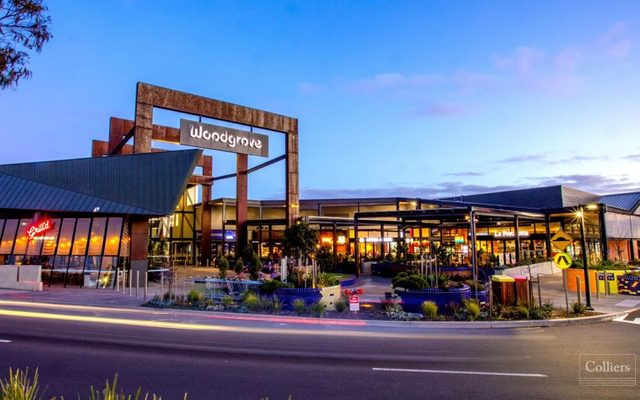This article is from the Australian Property Journal archive
AUSTRALIA’S retail market has returned to recession conditions over the June quarter, reflecting a weakened economy at large.
According to Deloitte Access Economics’ latest Retail Forecasts, the ABS June quarter retail trade data reveals Australia’s retail sector has effectively been in recession for the last 18 months.
“A retail recession sequel doesn’t necessarily come as a surprise. In six of the last seven quarters, real retail spending has declined. And the numbers only look worse on a per capita basis. Real per capita retail spending has contracted for the last eight quarters and is now 2.5% lower than June 2023 and 6.3% lower than June 2022,” said David Rumbens, partner at Deloitte Access Economics.
“This sits against a backdrop of poor conditions across the economy more generally, with the labour market weakening and business insolvencies rising.”
Rumbens added that with the latest data revealing real GDP growth over the year to March was at 1.1%, the slowest annual growth since the 1990s, excluding during the height of the pandemic.
Consumer spending over the last year has also shown limited growth, at 1.3%, with negative growth of 0.6% in real spending over the year to June.
“Retailers are getting used to seeing a consumer group which on average is cautious and value conscious, but where some – generally those older and mortgage free – still have money to spend. A tight focus on cost control, and periodic swing to discounting, remains the mantra. Technology investment is being further explored to drive efficiencies, with retailers’ hiring intentions dropping back,” said Rumbens.
“Going forward, helping to lift retailers out of recession will be the cost of living relief that is being rolled out to households in the form of energy bill relief, and tax cuts which have boosted household disposable income. The anticipation of some of these measures has already supported a better retail sales performance through the months of May and June.”
Deloitte forecasts these measures will boost consumer confidence and spending, with the recessions to be “short and shallow” as a result.
2025 and 2026 should show more substantial growth, with real turnover growth expected to grow from 0.3% in 2024 to 1.5% in 2025 and 2025.
“Stronger real retail sales growth will also be supported by price moderation, as broader inflation tracks down,” added Rumbens.
“Retail prices may move from above normal gains of 4.3% in 2023 and 2.8% in 2024, to more normal price growth rates of 2.6% in 2025 and 2.4% in 2026.”




